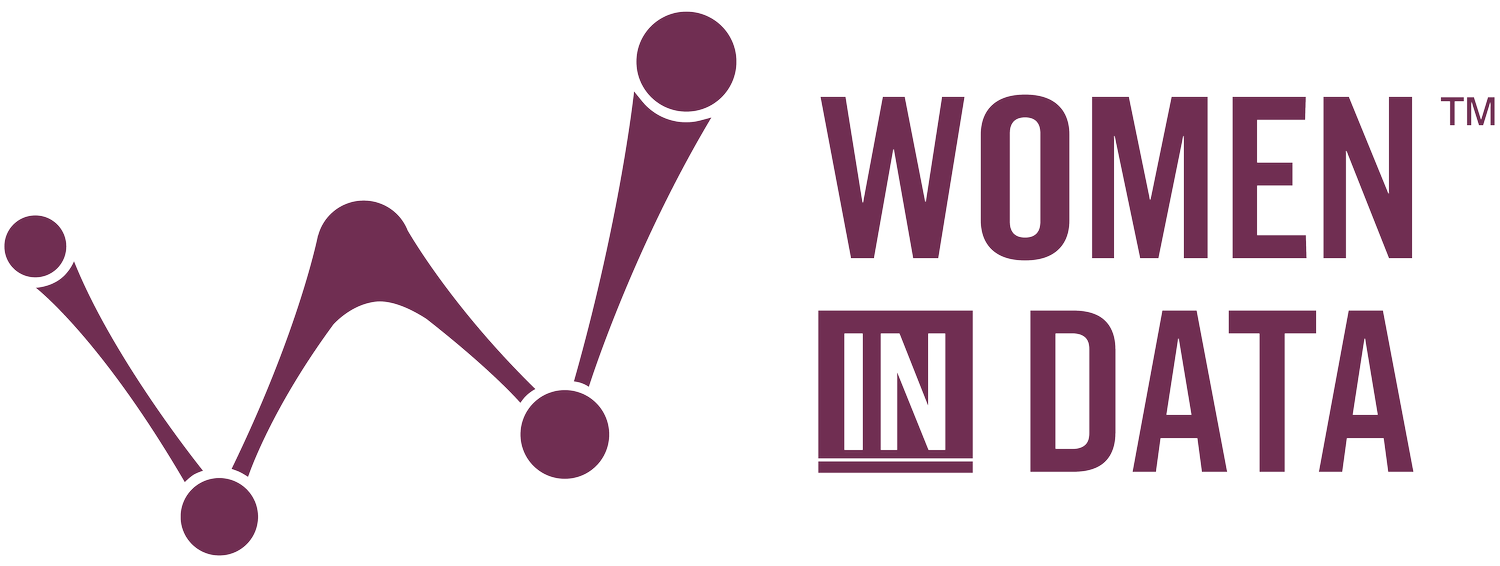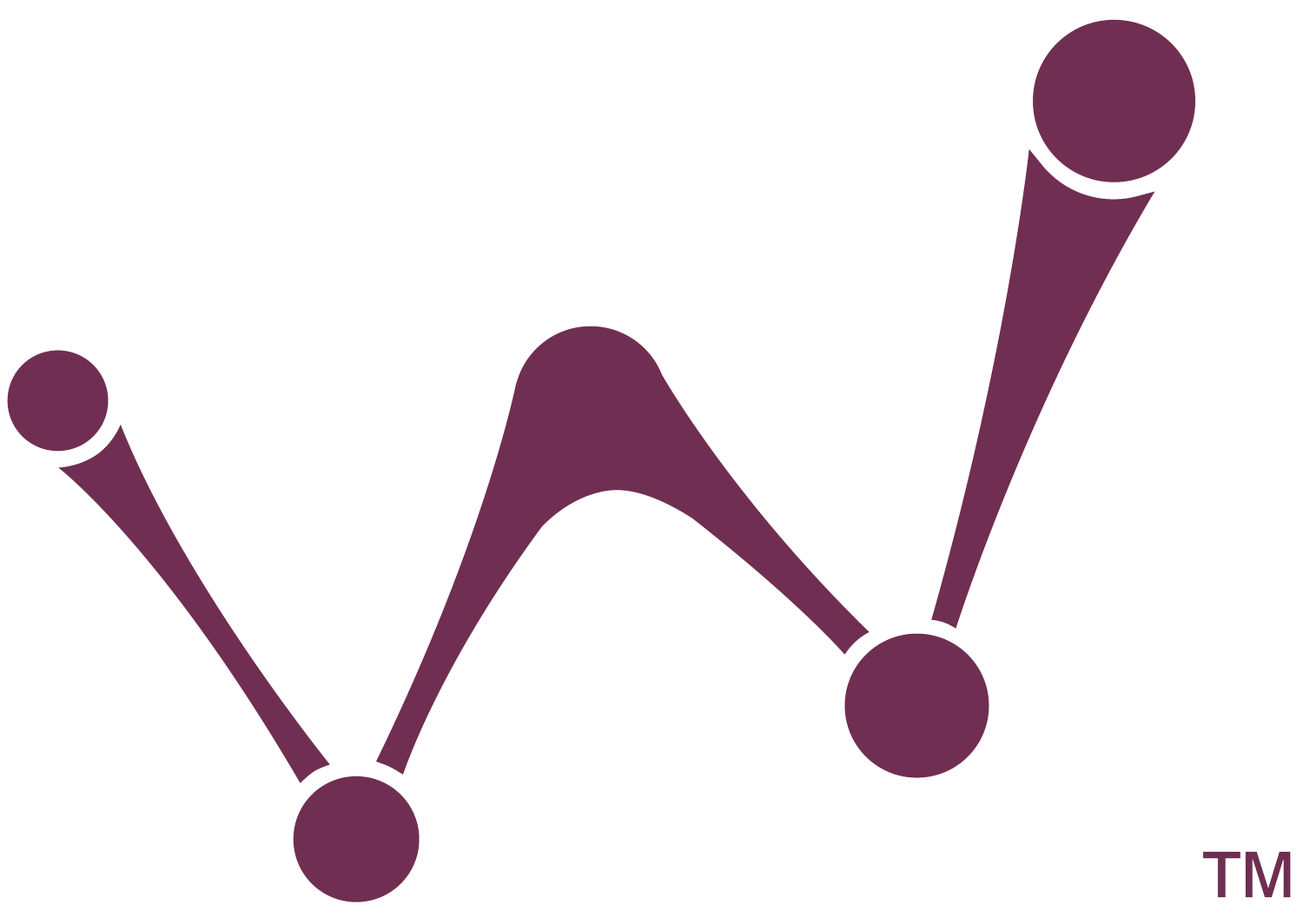What It’s Like to Be the Only Woman in the Room—And Why That Needs to Change
You walk into the meeting. The conversation pauses for a moment. Not because you're late, but because you’re different. You take your seat, eyes scanning the table—and it hits you. You’re the only woman in the room. Again.
This isn’t a hypothetical. For many women in data and tech, this is the reality. Despite the industry’s progress, the feeling of “being the only one” is far too familiar.
And it's not just a matter of optics. It's a matter of opportunity, inclusion, and innovation.
The Invisible Load
Being the only woman in the room means carrying an invisible load. You may feel pressure to represent your entire gender. You might second-guess your ideas or hesitate to speak up, worried they’ll be dismissed—or worse, repeated by someone else and then taken seriously.
You start prepping more, speaking less, and smiling more just to smooth things over.
Let’s be clear: women don’t lack confidence or capability—we’re navigating cultures that often weren’t designed with us in mind. The result? A quiet, persistent weight of needing to prove yourself just a little bit more.
It’s Not Just a “Women’s Issue”
The lack of women in data isn’t just a diversity checkbox—it’s a missed opportunity for better outcomes.
Research shows diverse teams are more innovative, better at problem-solving, and even more profitable. When women bring their lived experiences into data analysis, design, and decision-making, the insights become richer. The biases get challenged. The blind spots shrink. The Harvard Business Review notes that diverse teams are better at problem-solving and decision-making due to a variety of perspectives.
And everyone benefits.
So, What Needs to Change?
Here’s what we’re calling for:
1. Intentional Inclusion
Representation doesn’t happen by accident. Hiring managers and team leads need to actively seek diverse voices—not just in recruitment, but in promotion and leadership tracks.
2. Psychological Safety
It’s not enough to bring women to the table—they need to feel safe enough to speak up. That means calling out interruptions, crediting ideas properly, and making space for different communication styles.
3. Community & Mentorship
Being the only woman in the room can be isolating, but being part of a strong, supportive community—like Women in Data—can be empowering. Mentorship, sponsorship, and peer support create ripple effects that help women rise and stay.
4. Accountability from the Top
Leadership needs to model inclusion, not just mandate it. Metrics matter. Transparency matters. Culture change starts with action—not intention.
A Future Where No One Is “The Only One”
At Women in Data, we’re working toward a world where no one feels like the odd one out in their own field. A world where every data team reflects the diversity of the people they’re designing for. A world where women in data aren’t just present—they’re powerful.
If you’ve ever been the only woman in the room, we see you. And we’re building the table with you in mind.
Let’s change the room—together.



